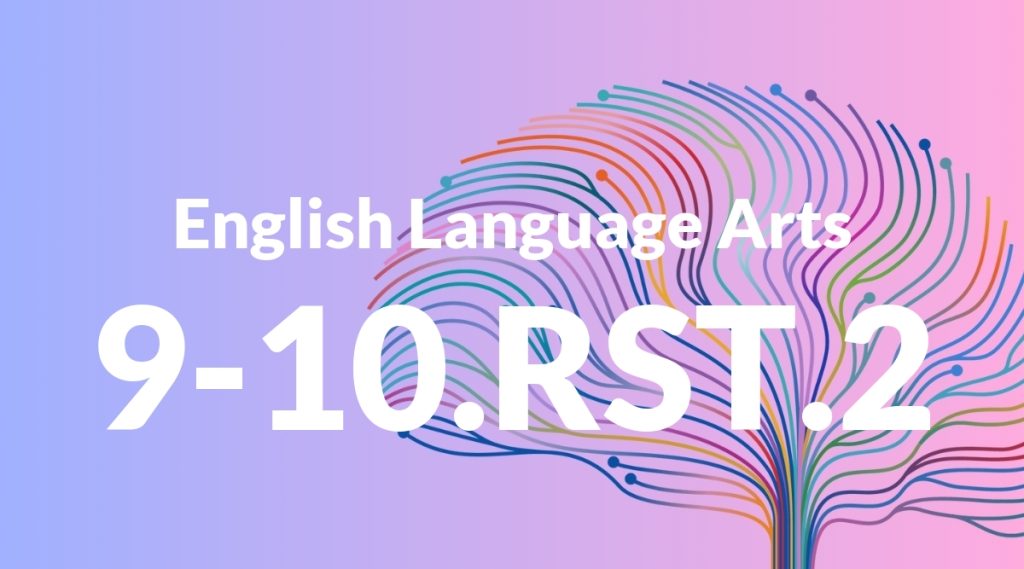Standard: 9-10.RST.2 – Determine the central ideas or conclusions of a text; trace the text’s explanation or depiction of a complex process, phenomenon, or concept; provide an accurate summary of the text.
Grade level: Grade 9-10
Subject: English Language Arts
Domain: Science & Technical Subjects
Teacher Overview
This standard focuses on students’ ability to determine central ideas or conclusions in a text and summarize complex processes, phenomena, or concepts accurately. It is crucial as it enhances critical reading and comprehension skills, which are essential for understanding scientific and technical subjects. Before tackling this standard, students should be able to identify main ideas and summarize simpler texts. Familiarity with reading comprehension strategies and experience with technical or scientific texts are also important.
After mastering this standard, students will be able to critically analyze complex texts, synthesize information from multiple sources, and form well-supported conclusions.
Common Misconception 1
One common misconception is that summarizing a text means including every detail. This is incorrect because a summary should focus on the main ideas and key supporting details, not every single piece of information.
Intervention 1
To address this misconception, provide practice activities that require students to distill texts down to their most essential points, emphasizing the importance of main ideas and key details.
Common Misconception 2
Another misconception is that conclusions are always explicitly stated in the text. This is not always true; often, conclusions must be inferred from the evidence and explanations provided.
Intervention 2
To remediate this, use texts where conclusions are implied and guide students through the process of drawing inferences based on textual evidence.
Prerequisite Knowledge
Students should have a basic understanding of identifying main ideas and summarizing simpler texts. They should also be familiar with reading comprehension strategies and have some experience with technical or scientific texts.
Subsequent Knowledge
Students will develop advanced skills in critical analysis, enabling them to evaluate the validity and reliability of complex texts. They will also be able to synthesize information from multiple sources to form coherent conclusions.
Instructional Activities
- Analyze and summarize a scientific research paper.
- Trace the explanation of a complex process in a technical manual.
- Evaluate and summarize historical documents.
- Interpret and summarize an engineering text.




